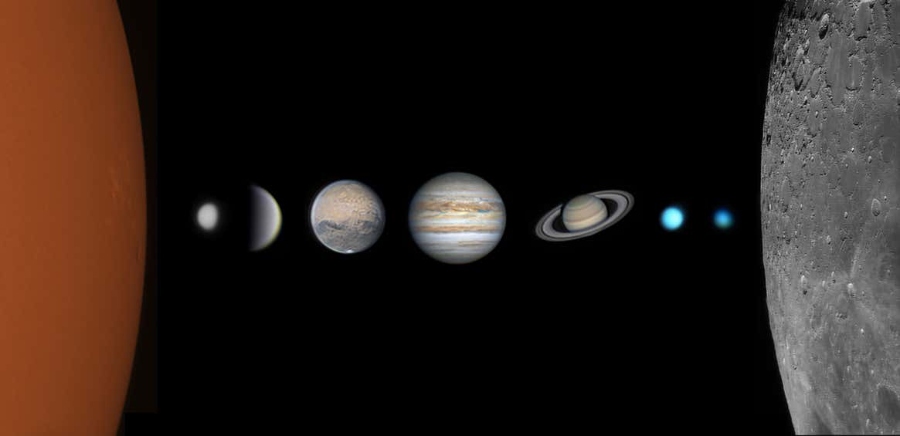The 2021 ‘Astronomy Photographer of the Year’ winners have overcome light-polluted skies and provided us with some show-stopping images.
The ‘Astronomy of the Year’ competition, held by the Royal Observatory Greenwich, received over 4,500 entries with only one winning photograph from each category.
Our view of the night sky and its many treasures are often diluted by light pollution, which can make catching a glimpse of the world’s wonders near impossible – but these photos defy the odds.
SUN (overall winner)

This image, taken by photographer Shuchang Dong in Tibet, captured the Sun with the lunar interloper in front of it.
Although mainly a photo of the moon, the image shows the star as just an ethereal ring during the June solar eclipse in 2020.
View this post on Instagram
AURORAE

This incredible image of the aurora borealis was taken on the seas of Russia in late 2020.
Photographer Dmitrii Rybalka saw a whitish band in the sky that soon developed into this stunning display of green light.
Stunning ‘Golden Ring’ eclipse and all the winners of Astronomy Photographer of the Year https://t.co/fYAUhidPkb
— i newspaper (@theipaper) September 16, 2021
GALAXIES

This panoramic image took two years to complete and shows all the parts of the Milky Way that can be seen from Earth.
The shot was created using images taken in both New Zealand and China, providing perspective from both the northern and southern hemispheres.
THE MOON

This image resonates aura of the famous image Earthrise, with a similar perspective shown.
The photo, taken by Nicolos Lefaudeux, is a vision of Venus behind the Moon taken from Forges-les-Bains, France.
PEOPLE AND SPACE

Appropriately titled Lockdown this image was taken from Windsor, England in January 2021.
The photographer’s daughter looks out at the night sky holding her stuffed animal – an image that reflects the ominous pandemic experience.
PLANETS COSMOS AND ASTEROIDS

This one is sure to mess with your mind! A Colurful Quadrantid Meteor, was taken by Frank Kuszaj in Cookstation Missouri 2021.
The image captures a meteor from the constellation Quadrans Muralis.
SKYSCAPES

Taken in Death Valley National Park, this image almost makes outer space feel touchable.
Rising over a ribbon of unearth-like sand dunes, the Moon was actually captured through four separate photographs.
STARS AND NEBULAE

California Dreamin NGC 1499 depicts the Californian Nebula captured over seven nights.
The Nebula is a 100-light-year-long cloud of dust and gas that sits approximately 1000 light-years from Earth.
YOUTH COMPETITION

Zhipu Wang took home the youth prize with this “family portrait” of our solar system (excluding Earth). The images were all taken in Yongtai China over a 5 month period.
BEST NEWCOMER

Paul Eckhardt won ‘Best Newcomer’ with his photograph of the Falcon 9, taken hours before the craft’s launch.
IMAGE INNOVATION

Two individuals won the ‘Image innovation’ award, using inventive techniques in their pieces.
Celestial Fracture by Leonardo Di Maggi – shows images of Saturn, its rings and moons taken by the Cassini spacecraft.

The second image – Another Cloudy Day on Jupiter by Sergio Diaz Ruiz speaks for itself. The photograph shows a close-up of the giant gas planet taken by the Hubble Space Telescope, and colour edited.
Modern-day hustle and bustle doesn’t allow much time for stargazing or astronomy admiration, so we count our lucky stars for witnessing these incredible images of our planet’s natural beauty.



